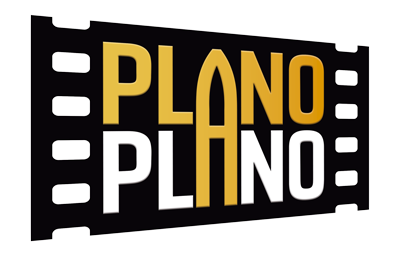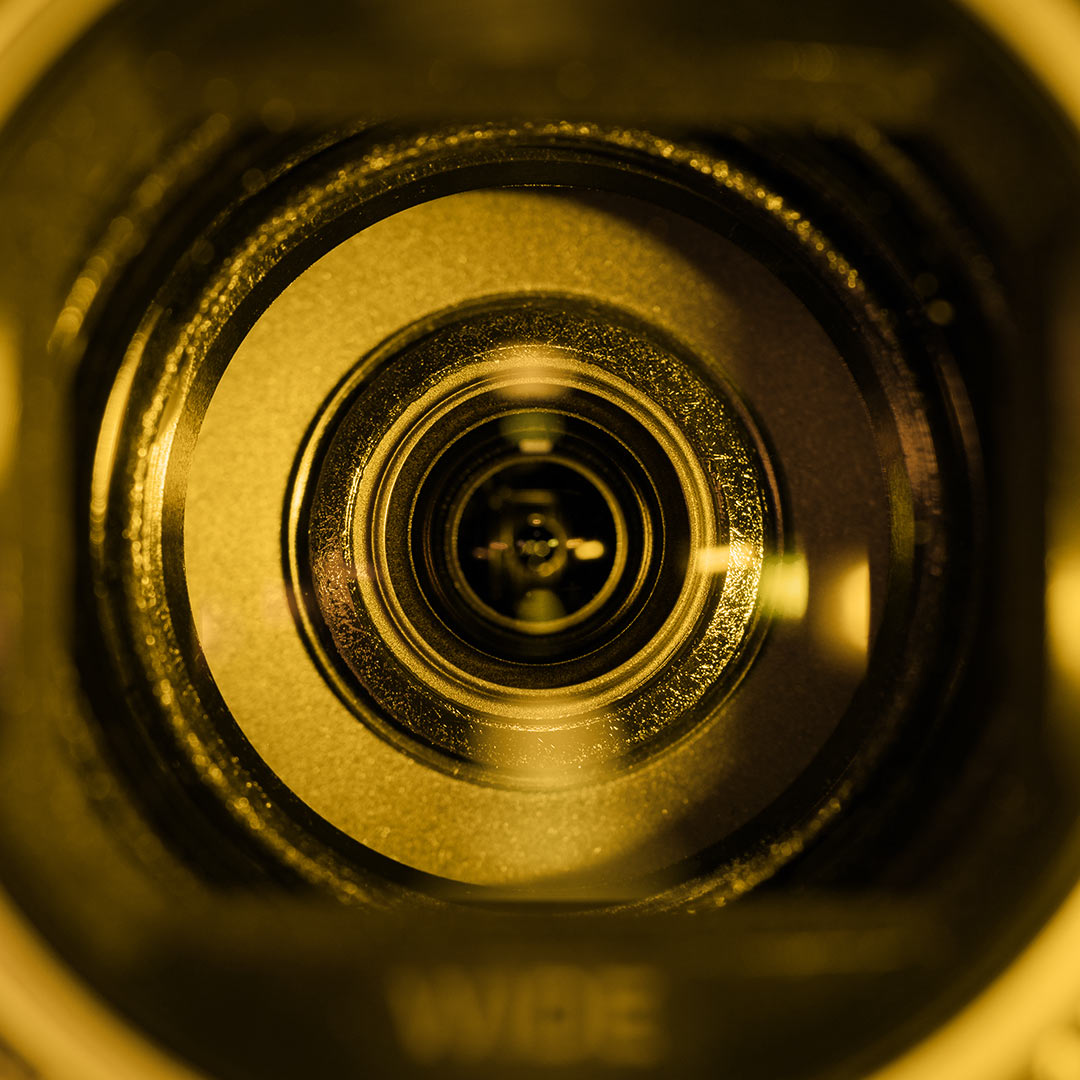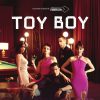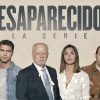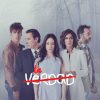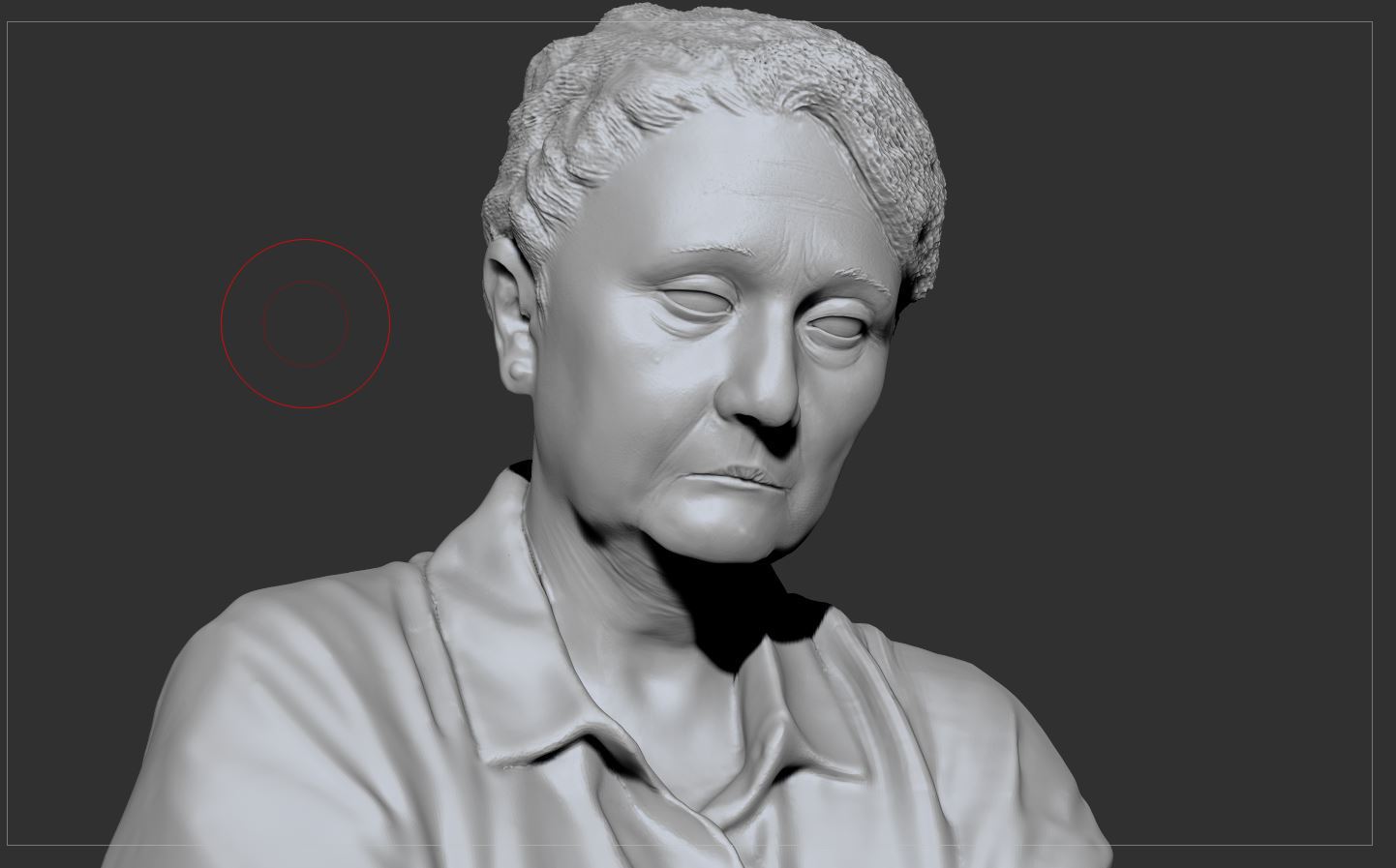
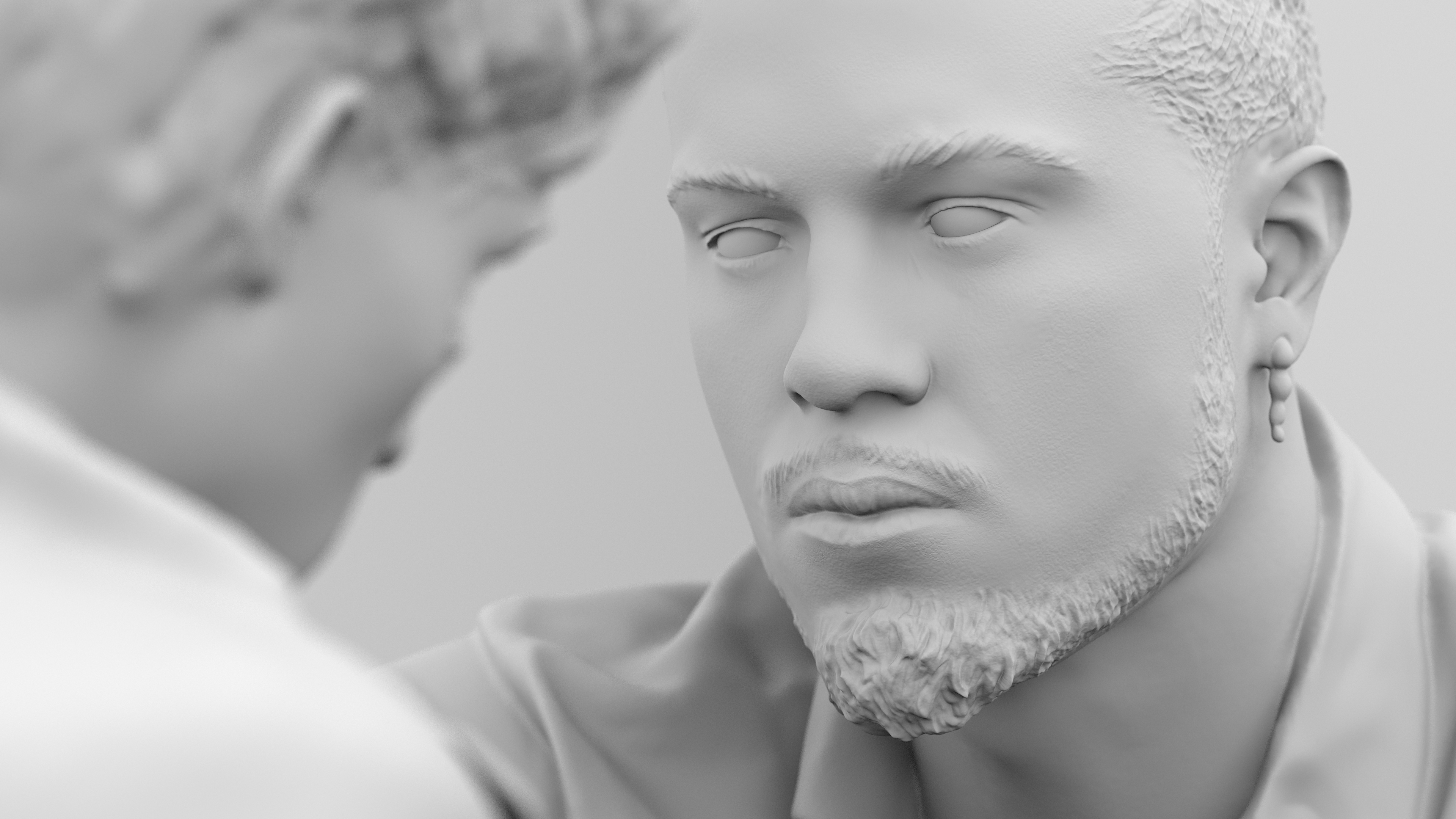
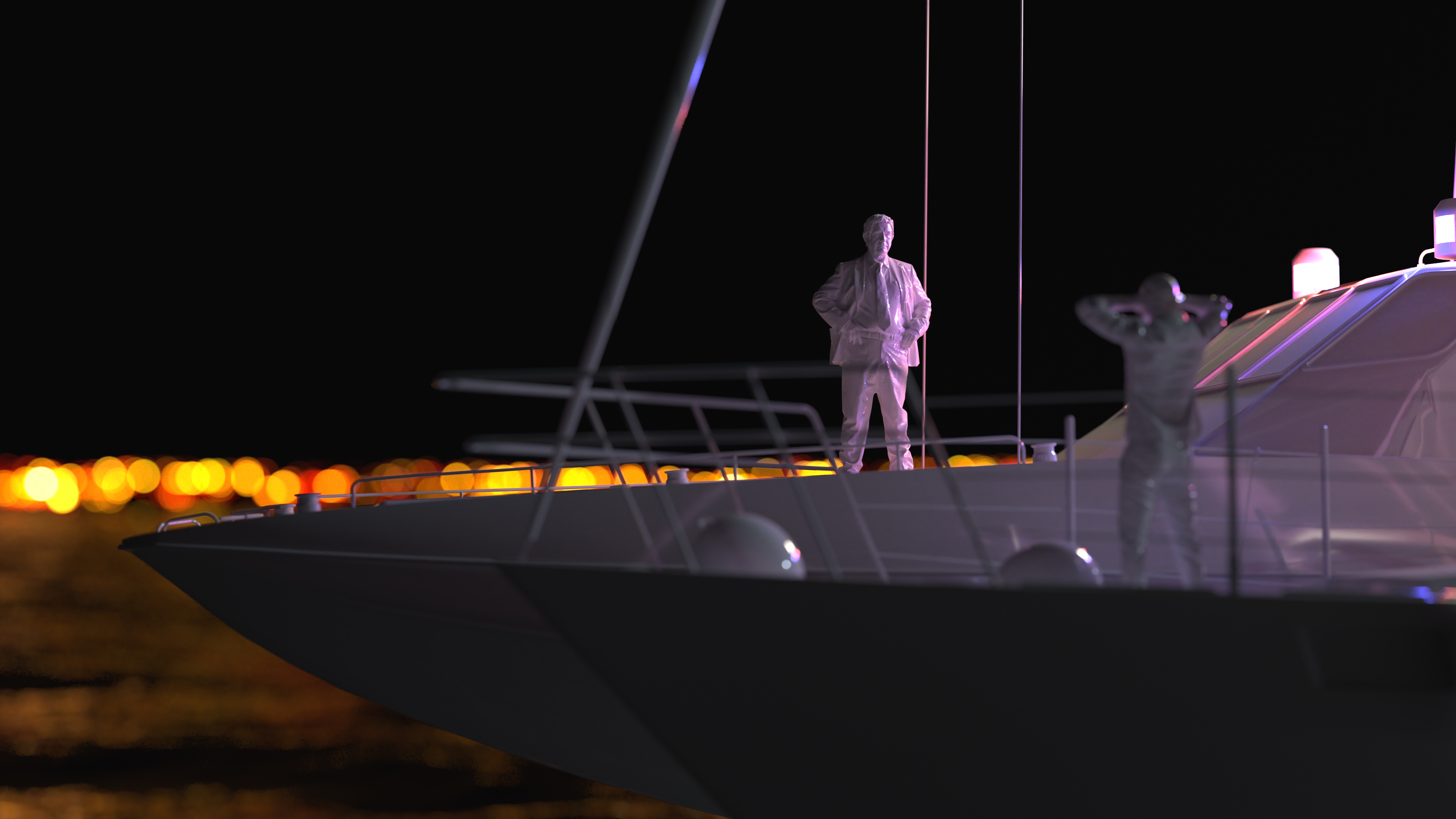
TOY BOY | THAT'S HOW THE INTRO WAS MADE
Its creators, Javier Urosas and Alejandro Rius, tell us about the creative development process
Madrid, January 28, 2020
Toy Boy, the Plano a Plano series for Atresmedia Televisión, came to an end. We don’t know if it will come back, but what is certain is that its followers will remember it not only for its protagonists -Hugo, Macarena, Triana, or the rest of the boys-, but also for one of its most characteristic features: its already unmistakable intro. Let’s remember it!
DØ is the post-production studio in charge of its development. According to its creators, Javier Urosas and Alejandro Rius, “everything revolves around characters that look strong but are actually vulnerable”.
That was the seed for the whole subsequent creation process. “The essential thing was to focus on the characters and their intimacy in order to build key moments in which to recreate their expressions and stop time at the right moment”, they explain.
For this reason, it was decided to reproduce the characters as sculptures and thus represent that duality of vulnerability and strength. This was achieved through the use of two basic materials: “porcelain, which implies the delicacy of the fragile and shows the strength of the figures, and gold, an icon of wealth and power”.
The purpose was to give the sculptures the maximum detail. This is how “a frame was built centred on the characters and their intimacy, so that they could play in a natural environment in movement, with sea, smoke, fire, lights, etc.”, Javier Urosas tells us, for whom recreating a good atmosphere is fundamental, since “the atmosphere and the moment affect the emotional perception of the scene”.
“It is important that the intro is alive. It is a part that is repeated in each chapter and whose perception has to evolve, while we discover the story. It’s a matter of giving the scenes detail, so that we discover things with the repeated viewing”, he points out.
THE HARDEST
All processes have their own particularities and difficulties. In the case of the ‘Toy Boy’ intro, the most complex was to reproduce the sculptures in the image and likeness of their respective characters. “We wanted the figures to express the emotion of the characters and we decided to ‘photograph’ the actors in 3D, playing the moment. Then we tuned up by digitally sculpting the model. This process is much more reliable, but it involves a lot more work because the possibilities of the scanner (in terms of size and resolution) are limited. This forces you to work on the scenes in parts and then assemble them”, says Urosas.
In DØ-Post-Production they are the makers of the openings of other well-known series. In general, there is no fixed rule for the creation of each one of them, since, as they say, “each product and each client is unique”. Although all of them have a clear methodology in their execution, each one starts with its own characteristics.
“Sometimes they give us a concept and we develop it, other times they give us the story and we look for a way to tell it, or it can also happen that producers ask us to look at it from scratch and prefer not to influence the initial process”, they explain.
What is generic and established in all projects is a continuous feedback with the client. In this way, the project “is alive and evolves”. “It is important to establish a link with the producers and creators of the series. They know it perfectly. Not only what it is, but what it has to be and what it will be”, they conclude.

